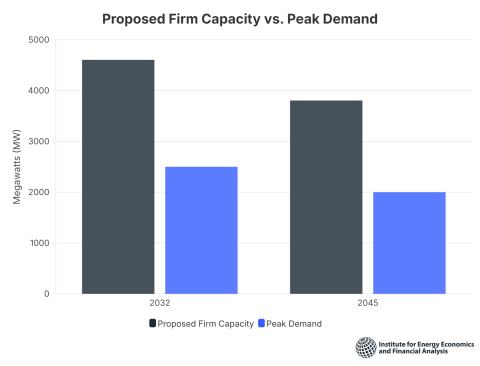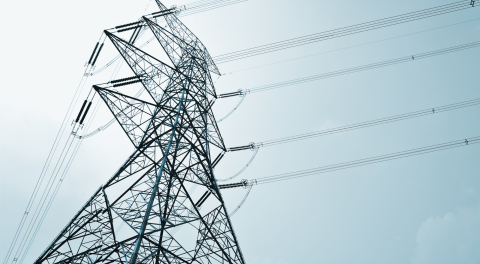ExxonMobil's U.S. upstream results underwhelm again
Download Full Report
Key Findings
After a decade of turmoil, ExxonMobil’s U.S. upstream operations have yet to regain their footing. Despite a strong second quarter in 2021, ExxonMobil has invested $61.5 billion on U.S. upstream capital projects since 2013, only to report $5.3 billion in cumulative losses.
These losses may be a bitter pill for investors to swallow, especially as the financial performance of the company's ambitious projects in the Permian Basin has floundered.
In 2017, ExxonMobil announced the Permian as one of the company’s key growth projects and said it would start to generate cash within three years. Yet the company repeatedly missed its ambitious targets, fueling skepticism about its future prospects in the basin.
ExxonMobil has since walked away from production commitments and recast its Permian financial strategy as long-term and value-driven, rather than a production of short-term cash.
Executive Summary
By some measures, the second quarter of 2021 was the best quarter in years for ExxonMobil’s U.S. oil and gas operations. Quarterly earnings jumped to $663 million—the best results for the company’s U.S. upstream segment since 2017, and a $300 million gain from the first quarter.1 This improvement was largely due to a 14 percent increase in U.S. oil prices, even as the company’s U.S. oil production inched up by 3 percent. The combination of higher prices and slightly higher volumes boosted IEEFA's estimates of the company's U.S. oil and gas sales revenues to their highest level since the third quarter of 2014.2
Yet by other measures, the company’s U.S. upstream operations have yet to regain their footing after a decade of turmoil. Back in 2014—the last time the company’s U.S. operations generated this much revenue—earnings from the U.S. upstream segment were almost twice as much. Meanwhile, the hangover of expensive write-downs still lingers: Since 2013, ExxonMobil has invested $61.5 billion on U.S. upstream capital projects, but has reported a cumulative loss of $5.3 billion, largely on the back of massive write-downs of U.S. assets. Without a roughly $7 billion gain from 2017 changes to U.S. tax law, Exxon-Mobil’s US upstream losses would have been even steeper (See Figure 1).3
By any reasonable standard, spending $61 billion while losing $5 billion represents a bitter pill for investors. But if anything, these results may understate the financial troubles experienced by ExxonMobil’s U.S. upstream division. The problems may be easiest to see in the Permian Basin, which ExxonMobil has repeatedly described to investors as one of the company’s key growth projects. A quick recounting of ExxonMobil’s Permian ventures since 2017 reveals an ever-shifting narrative about the Permian’s position in the company’s portfolio, over-ambitious targets that the company has missed again and again—and ample reasons for skepticism about the company’s future prospects in the Permian.
1 ExxonMobil. Second Quarter 2021 Earnings Supplement. July 30, 2021.
2 IEEFA estimate, derived from ExxonMobil, Quarterly Earnings Archive.
3 IEEFA estimate, derived from ExxonMobil, Quarterly Earnings Archive. Cumulative earnings for ExxonMobil’s U.S. Upstream segment include a $7.1 billion gain in the fourth quarter of 2017 due to financial benefits from changes to U.S. tax law. Earnings also include write-downs in ExxonMobil’s U.S. Upstream portfolio, including a $16.8 billion impairment in the fourth quarter of 2020.















